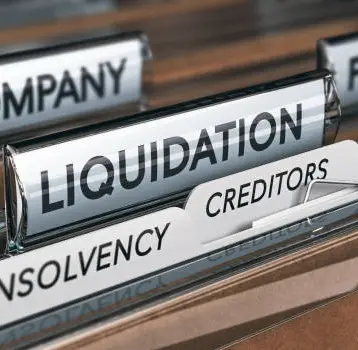Organizational effectiveness is a modern method for gauging and directing employees to achieve their objectives. It concerns the company’s ability to create the desired quantity of goods and services, the effectiveness of its operations, and the amount of waste generated. An effective organization functions like a well-designed, well-oiled machine—every component works together to achieve the goals while wasting the least time and resources.
Creating a culture of leadership within the business is one of the most important factors for enhancing the performance within an organization. Good leaders establish a clear vision for their teams and the business as a whole, develop and carry out strategies and procedures, set an example for others to follow, and take responsibility for their actions.
In addition, check the top six strategies you should consider for achieving organizational effectiveness.

Leverage Human Resources
Any company’s human resources department is crucial to the efficiency of its organizational structure because they are the ones tasked with hiring the right professionals. But, HR specialists can also help develop new company strategies, thus improving organizational effectiveness. Be sure to involve human resource experts in the planning and execution of company-level improvements. In addition to choosing the best candidates for open jobs within the organization, they might offer distinctive viewpoints that leaders often overlook.
Rely on Performance and Metrics
While the HR department is in charge of finding the best personnel and fit for the business and providing them with the necessary training to live up to expectations, employees’ performance is not solely based on their abilities. It’s also on the organization’s leaders to keep them on the right course.
It’s essential to understand that organizational success relies heavily on optimized work performance, which, on the other hand, is reliant on responsibility. The motivation to take responcibility and provide input regardless of a team members location can be done through hybrid voting. This is a popular choice these days given that many offices now have a mix of employees on site and those that work remotely. That’s why the organization needs to create a culture where each employee is responsible for the goals and tasks they are working on. The best approach to achieve this is by employing appropriate measures to inspire and encourage workers while maintaining their accountability and productivity levels.
As a result, it’s crucial to choose the proper metrics and invest in employee productivity monitoring tools, such as Insightful software to track progress and regularly review their status. Establishing effective accountability systems can help you maintain consistent expectations since responsibility influences how well people accomplish their responsibilities.
Focus on Employee Education and Growth
Working with various teams and individuals demands active leadership inside the organization. Understanding different professionals’ roles within the organization, how to enhance their capabilities, and how to utilize special skills is necessary for efficiency in a company. First, consider the experts’ training in the various fields. Learn about their qualities, talents, and abilities. Next, determine their shortcomings or the areas where they have trouble functioning as a team.
After determining the advantages and disadvantages of individuals, concentrate on fostering business leadership development and forming productive teams. Put together teams of people with different abilities that compliment each other. Moreover, encourage your employees to work toward achieving specific objectives by allocating tasks based on their qualifications. Finally, consider introducing business leadership development training to improve collaboration and teamwork.
Put the Customers First
Only when analyzing the demands and interests of the customers can organizational effectiveness function effectively. Ask customers to participate in surveys or provide feedback on the products or services received. Find out what the clients require from the business or the offerings they deem most beneficial for their wants and objectives. Moreover, give them the ability to file complaints or anonymously offer feedback.
Prioritize Communication
Excellent communication is crucial to the success of any organization. Every action taken within the company results from the flow of messages, and strategic and effective communication helps ensure that all information is conveyed to others accurately and efficiently. That way, the message’s impact is consistent with the adopted techniques, and everyone understands it completely.
Keep a record of your words as you speak, and make sure your points are understood. Transparent communication will prevent hiccups, work completion delays, and excuses while keeping the key objectives in mind.
Focus on Improving the Organization’s Culture
Employee engagement is one of the biggest factors that impact the accomplishment of organizational goals. It directly influences the effectiveness and improved organizational performance. So, the objective is to establish a culture that generally values effectiveness and motivates employees to perform significantly better.










